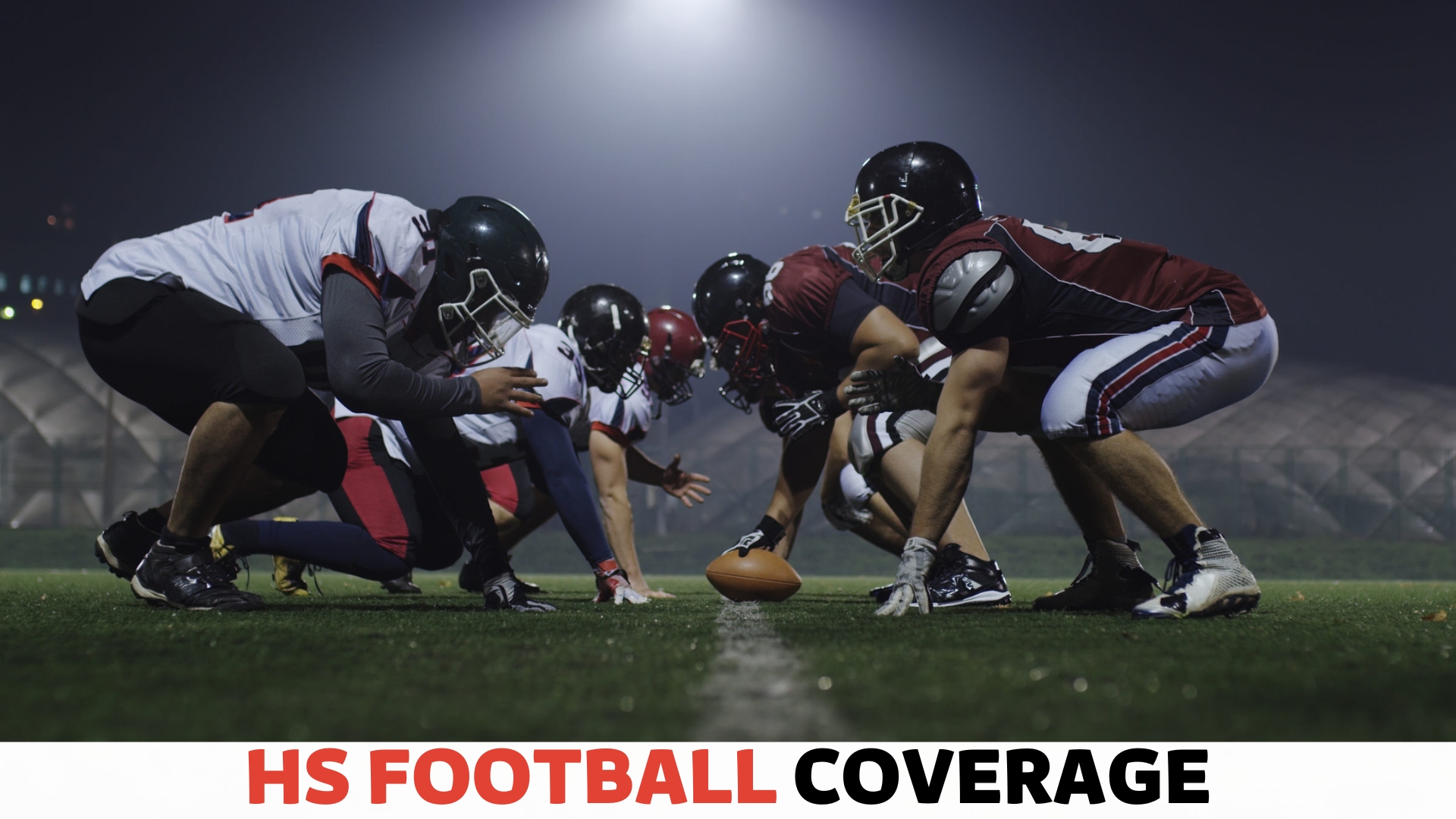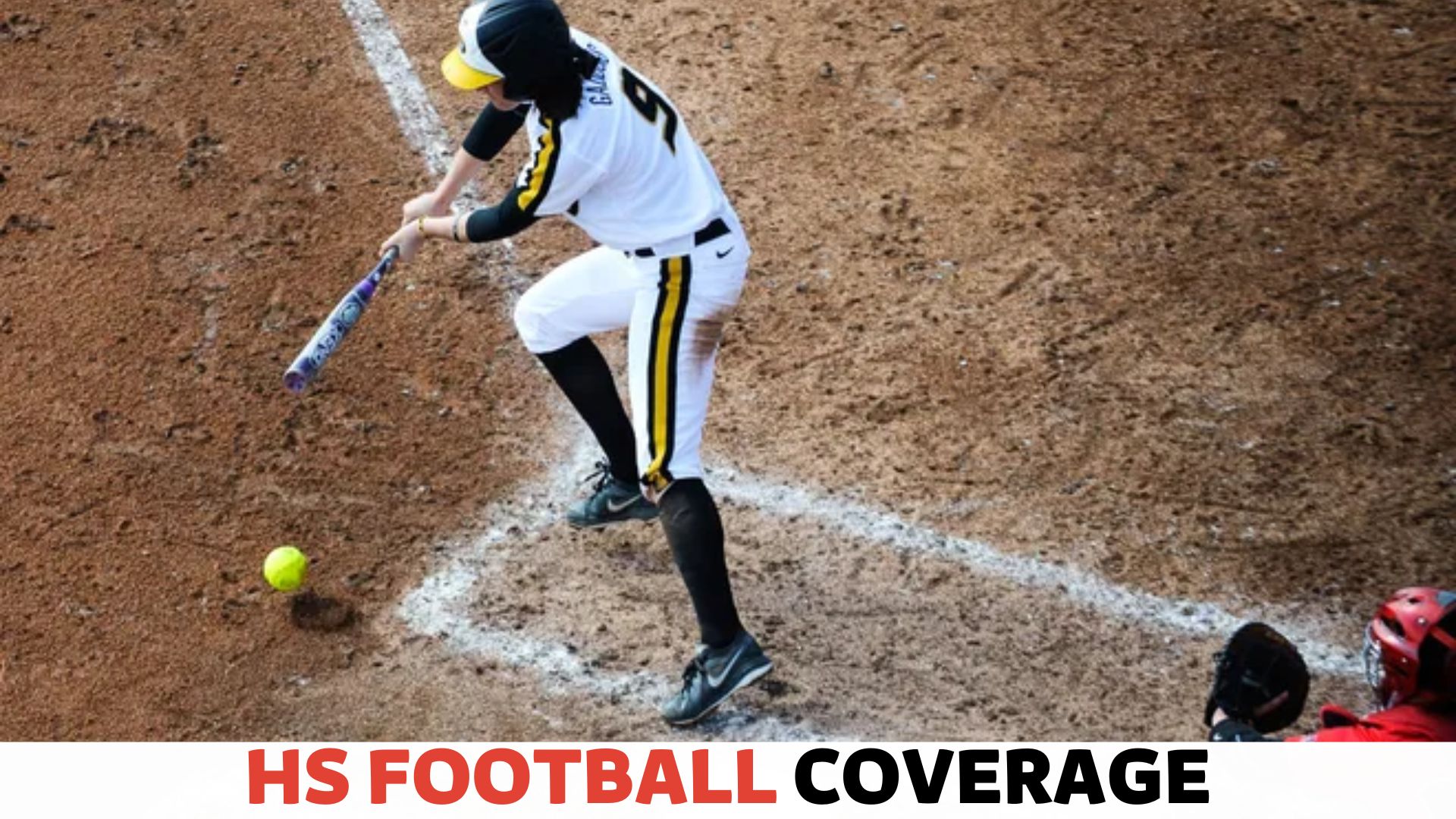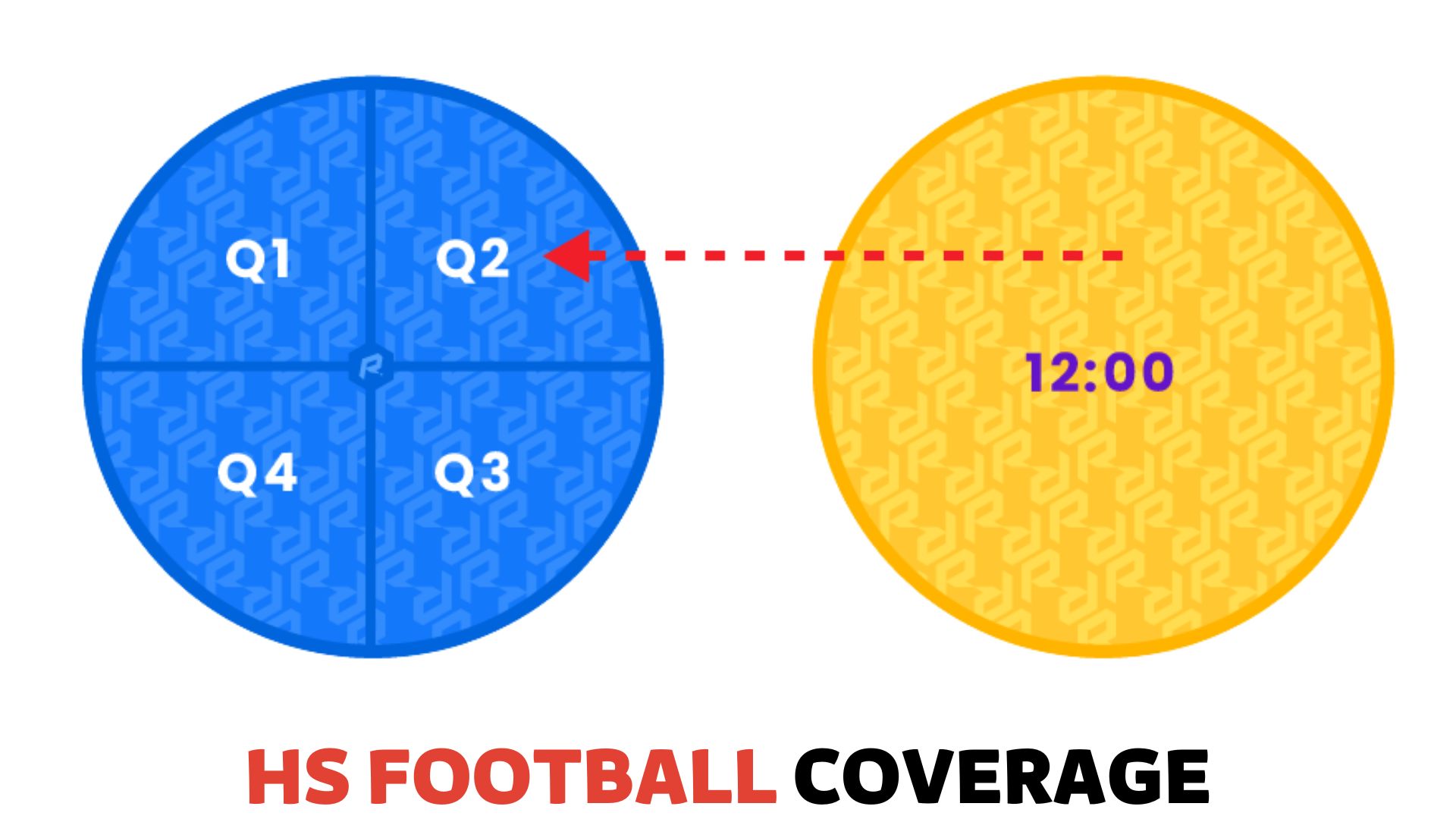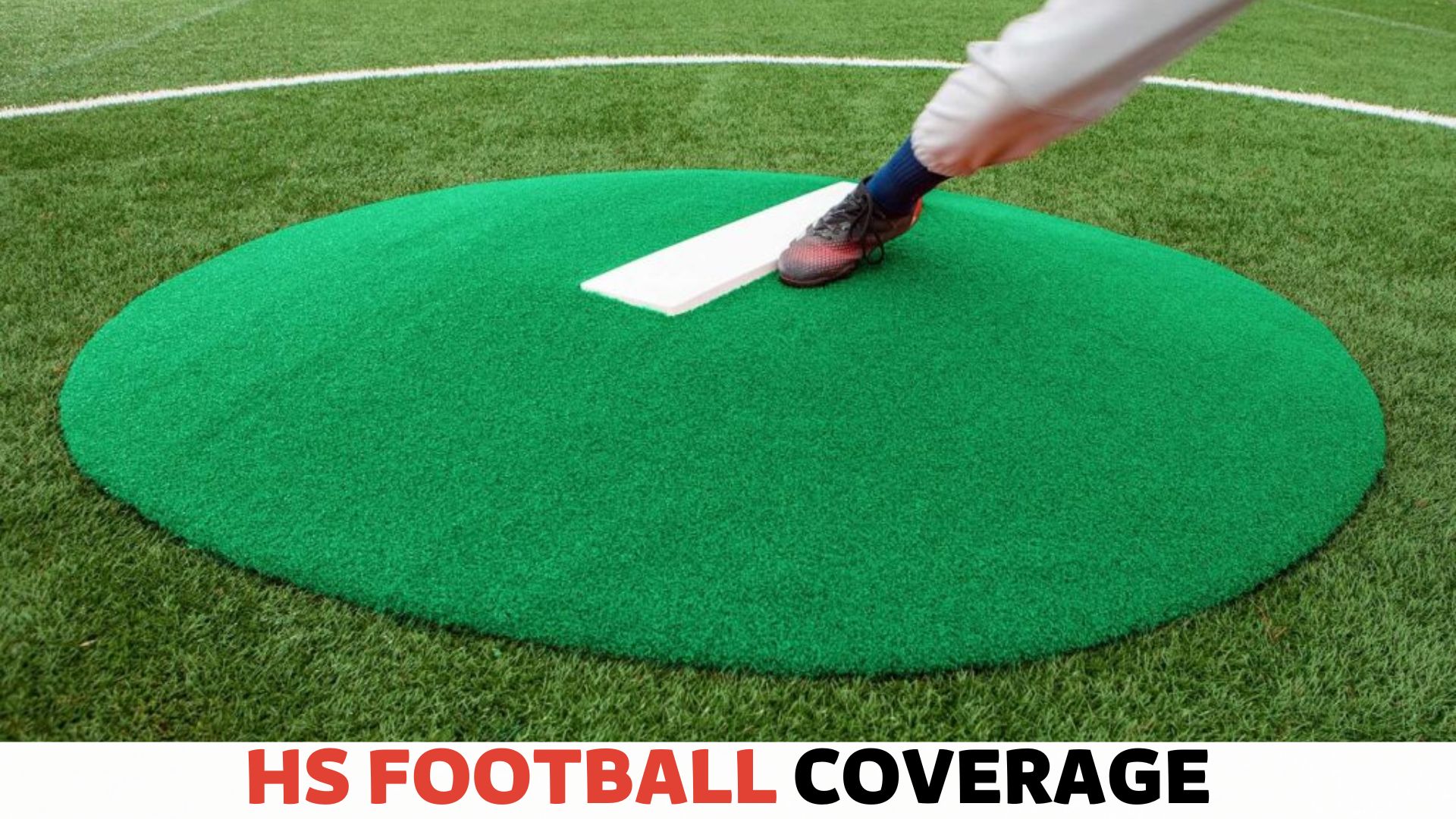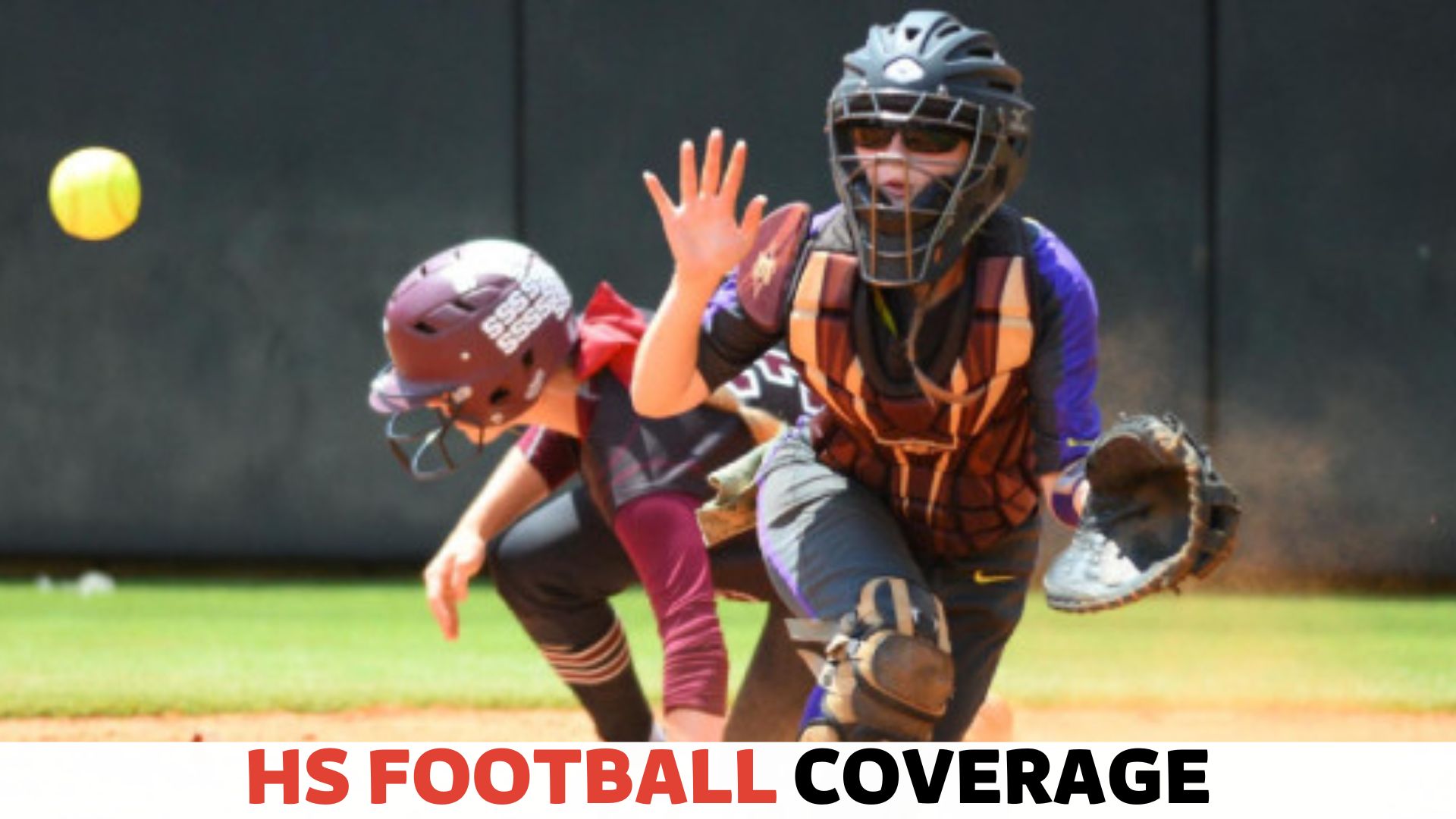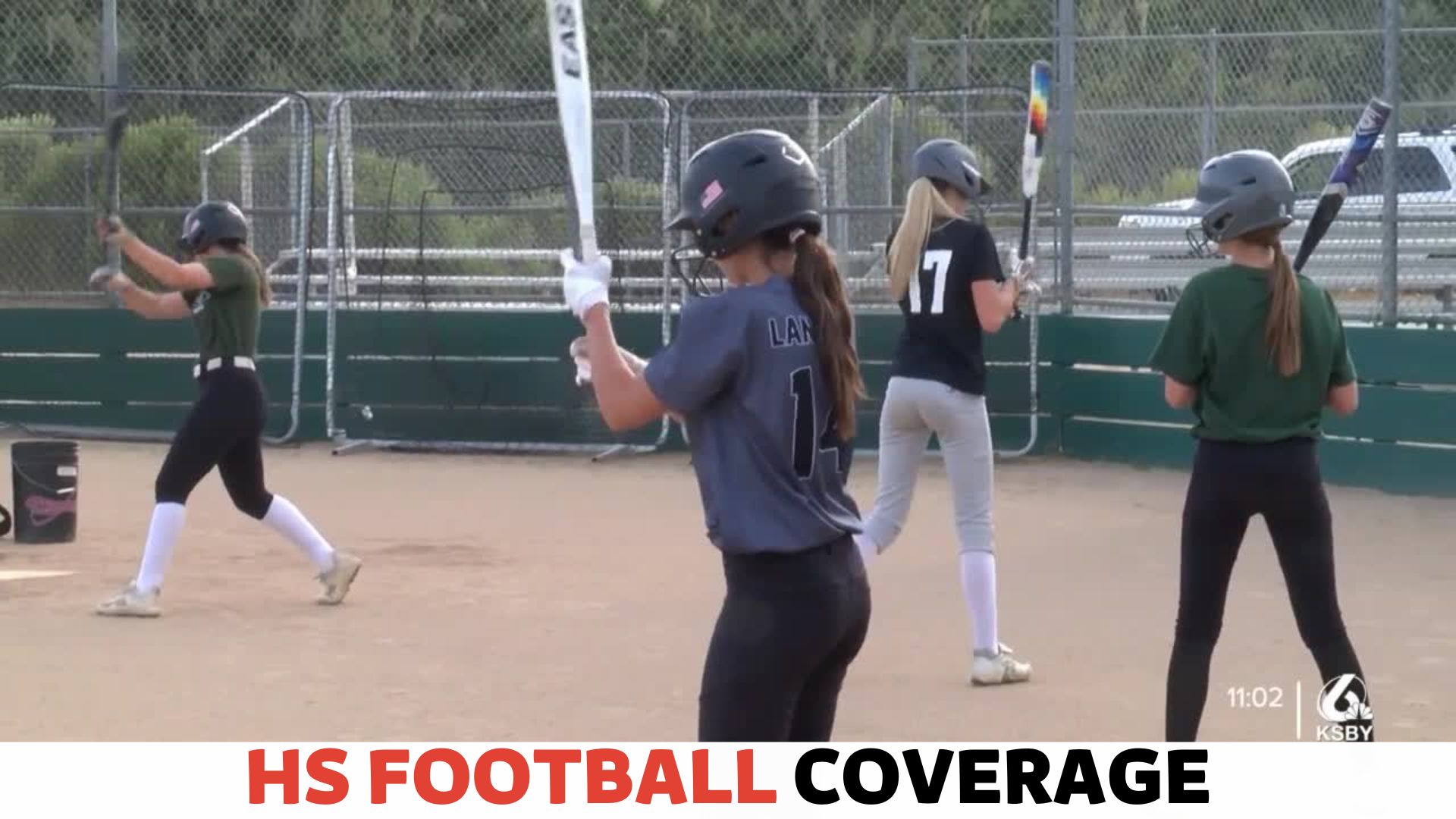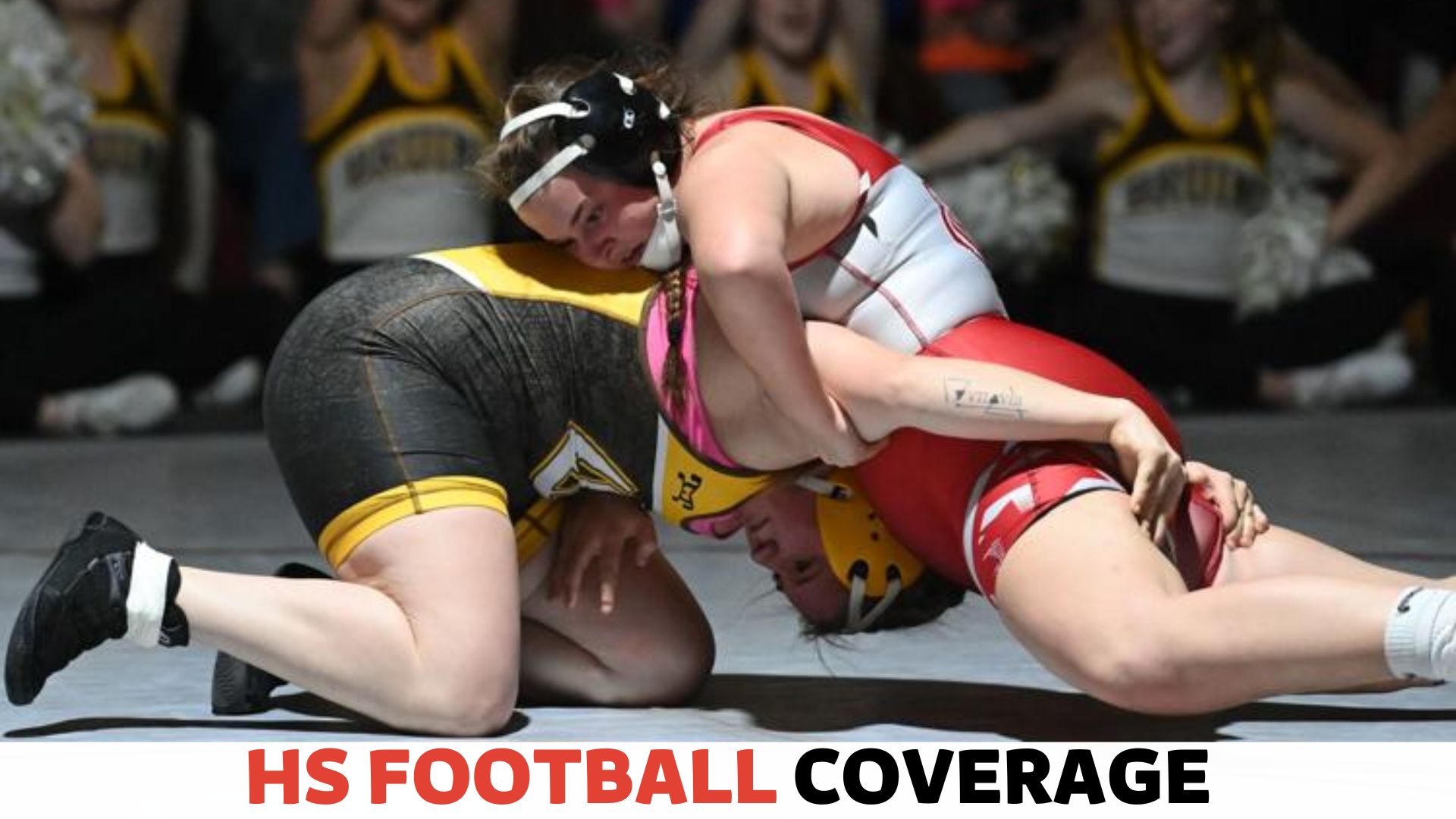
There are two types of Timeouts in High School Football. Team and Injury Timeouts, where each team gets three Timeouts in every half.
Football is a team sport, and the team that can run the best offense is the team that will win the game. An offense is a group of skilled players working together to move the ball down the field and ultimately score points. There are a lot of rules that need to be followed in order for it to be run successfully.
High School Football is an exciting sport that requires a lot of strategy, teamwork, and skill. You might be surprised to learn that there are specific rules about when you can call a timeout in High School Football. However, these rules are not just for preventing game delays. They are also designed to ensure that the game is played fairly and safely for everyone involved. Here is what you need to know about calling timeouts in High School Football:
Rules and Regulations For Timeouts in High School Football
Here are the rules and regulations for Timeouts in High School Football.
- The rules for timeouts in High School Football are different from the rules for college or professional sports.
- These timeouts can be used at any time during the game but must be called by the head coach or a designated captain.
- Each team gets three timeouts per game, with a few exceptions:
- In the first half of a game, each team gets two timeouts and one 30-second injury timeout.
- Timeouts can be used to stop the clock, change personnel, or for strategic purposes.
- After halftime, both teams get three timeouts at their disposal. If a team has already used its two timeouts in the first half, it cannot call any additional timeouts in the second half.
- Teams can call a timeout at any point during play (except during an official review). However, if you use your last timeout before halftime or at any point in overtime without having used all three of them already, then your opponent is given an additional 30 seconds to run off whatever clock was remaining when they called their last timeout.*
Types of Timeouts in High School Football
There are several different types of timeouts in High School Football.
Team Timeout
Coaches can call a timeout to stop the clock. Coaches can also use timeouts to discuss strategy with players and staff or give instructions. They might even call a timeout so that they can rest some of their players if they are in the middle of a long drive. This is used for things like strategy or to stop the clock if you are playing against a running clock (like with two minutes left in half).
Injury Timeout
An injury timeout is called for an injured player. The injury timeout can be called by the coach or by the player. If a player calls an injury timeout, he must leave the game and not return until he has been cleared by team medical staff. If an injured player needs medical attention, his team can call one of these and get him off the field before play resumes again.
If you are unsure whether to call an injury timeout or not, please refer to this chart:
- If a player is bleeding profusely from his head, face, or neck area, call an injury timeout immediately! This could be very dangerous for both your players and spectators in attendance at your games if left untreated for too long.
Exceptional Timeout
There are some rare and exceptional timeouts in High School Football.
- TV Timeout: This is called by both teams at once during televised games so that commercials can be aired without causing confusion about who is winning or losing. It also gives announcers time to talk about what just happened on the field!
- Two-Minute Warning: In order to give teams more time between quarters/halves/overtime periods, there will always be two minutes left before each new period starts–this is called a “two minute warning.” You will hear this announcement throughout each quarter/half/OT period as well! There might even be some exciting action happening during those final few seconds leading up until kickoffs start again; keep watching.
Strategies For Using Timeouts in High School Football
There are a few different strategies for using timeouts in High School Football.
Offensive Strategies
You can use a timeout to give the offense time to regroup.
- If you are having trouble running your plays and need some extra time, call a timeout. This will allow you to get back on track by discussing what went wrong and how you can fix it with your teammates.
- You might also want to call a timeout if the defense is in a good position on a play so that everyone knows what they need to do differently next time around (for example, changing their blocking schemes).
If you are down by more than one score with less than two minutes left in regulation.
Defensive Strategies
In High School Football, timeouts are often used to stop the clock and give the defense a chance to regroup. Here are some defensive strategies for using timeouts effectively:
- First, timeouts can be used to prevent the opposing team from scoring. If the other team is driving down the field and it looks like they are about to score, calling a timeout can give your defense a chance to catch their breath and make a stop.
- Second, timeouts can be used to change the momentum of the game. If the other team is on a roll and you need a break, calling a timeout can give your team a chance to regroup and make a plan to stop the other team.
- Third, timeouts can be used to ice the kicker. If the other team is about to attempt a field goal, calling a timeout can give the kicker time to think about the pressure and hopefully miss the kick.
- Fourth, timeouts can be used to get the ball back. If the other team is about to punt the ball, calling a timeout can give your team a chance to get the ball back and have a good field position.
Using timeouts effectively can be a key part of winning a football game. When used correctly, they can give your team a much-needed break, change the momentum of the game, or even help you get the ball back.
Others Strategy:
Other important strategies for using timeouts in High School Football are
- The first is to use them when you need them, which means at the end of the first half and after scoring plays. If you have a large lead and want to keep it that way, save your timeouts until later in the game.
This applies especially if your team has an efficient offense that can score quickly and often. If so, then it is best not to waste precious seconds by calling a timeout when there is no real reason for it.
- Another strategy involves saving some or all of your three allotted second-half timeouts until late in the fourth quarter when teams start running out of steam or making mistakes because they are tired (or both).
For example: say there are two minutes left on the clock, and we are up by seven points; instead of calling one now while our opponent has plenty left over themselves. They might still be able to drive downfield quickly enough before we get another possession opportunity ourselves, anyway.
How Do Coaches Decide When to Call a Team Timeout in High School Football?
A team timeout is a valuable tool for coaches. It gives them an opportunity to stop the clock, give instructions to players and try and change the momentum of the game. Coaches can also use timeouts when there are penalties or injuries on the field.
There are a number of factors that coaches take into account when deciding when to call a team timeout in High School Football.
- One of the most important factors is the game situation. If the team is behind and needs to score, the coach may call a timeout to give the team a chance to regroup and come up with a plan to score.
- Another factor is the amount of time remaining in the game. If there are only a few minutes left, the coach may call a timeout to give the team a chance to catch their breath and make any necessary adjustments.
- Finally, the coach may also call a timeout if there are a lot of injuries and the team needs a break to regroup.
What Are the Consequences If a Team Calls More Timeouts Than Allowed in a Game?
If a team uses more than the allotted number of timeouts in a game, they will be assessed a penalty. The penalty can be either:
- A loss of down (and subsequent 5 yards). This means that if you are on offense, your ball will go back to where it was before the play started. If you were in fourth-and-goal at the 1-yard line and called your last timeout before kicking an easy field goal, now you will have fourth down instead.*
- A loss of 5 yards from where the next snap would have taken place.* A loss off downs plus 5 yards.* A loss off downs plus 10 yards.* And so on…
Can Players Call Timeouts in High School Football, or is It Only the Coaches?
Players cannot call timeouts in High School Football. Only the coaches and captain are allowed to call a timeout, and even then, they must have a good reason for doing so. If a player wants a timeout, he or she must signal for one by raising their hand above their head and waving it back and forth.
Coaches will grant this request only if there is an injury on the field that requires medical attention or if it is obvious someone needs to go to the bathroom (they are given one minute between plays).
The only other time when players can call timeouts is when they want to water during play; however, this does not count toward the allotted number of team timeouts per game.
What Happens During an Injury Timeout in High School Football?
As a coach, you want to know what happens during an injury timeout in High School Football.
The referee will stop the play, and the injured player must leave the field. The referee will check to see if the injured player is able to return. If so, he or she may be allowed back on the field after receiving medical attention from trainers and doctors at an off-site area near their bench.
The referee will also check with coaches so they can make any necessary adjustments before restarting play again once everyone has been assessed by medical staff members who are present at all games played by your team throughout its season schedule.
Are There Any Restrictions on What Can Be Discussed During a Team Timeout?
You can talk about strategy, but you cannot discuss anything that will give away your game plan. You can talk about what you are seeing from the other team, but not in a way that lets them know what you are planning on doing next. You can also talk about what you are seeing from the referees and opposing coaches, but only so long as it does not give away their intentions either.
Is There a Limit to the Number of Injury Timeouts a Player Can Take in a Game?
There is no limit to the number of injury timeouts a player can take in a game. However, each team is only allowed one injury timeout per quarter, and players must leave the game for at least one play after calling an injury timeout.
Players may only call an injury timeout if they are injured or injured players return to action after being treated by team medical staff on the sidelines. Coaches cannot call an injury timeout as part of their strategy during gameplay; instead, they can only use them when necessary (e.g., if there are multiple injuries at once).
The purpose of this rule is to prevent teams from using up all their timeouts early in order to preserve them for later in the game when they might need them more urgently due to fatigue or other factors related directly back to how well your team played overall throughout its season so far.
FAQS
Here are some FAQs has been answered.
Can a Timeout Be Called During an Instant Replay Review in High School Football?
No. A timeout cannot be called during an instant replay review. The only timeouts that can be called during an instant replay review are the two that each team gets per half. If a team uses all of their timeouts in the first half, they will not get any more timeouts in the second half.
Why Are Timeouts Given in High School Football?
In High School Football, timeouts are given in order to allow the coaches to communicate with their players and make adjustments to the game plan. Timeouts also give the players a chance to catch their breath and regroup before continuing with the game. In close games, timeouts can be crucial in allowing a team to make a comeback.
What Are Allowed in Timeouts in High School Football?
There are several things that are allowed in timeouts in High School Football. Coaches are allowed to talk to their players and make strategic decisions. They are also allowed to request a review of a play if they think there was a mistake. Lastly, they are allowed to use a whiteboard to diagram plays or make other strategic decisions.
Conclusion
The key to using timeouts effectively is knowing when and how to use them. If you call too many, you will lose points on the scoreboard and possibly even lose the game. But if you do not use them at all, then your team may not have enough time left in the fourth quarter for a comeback.
So when in doubt about whether or not to call one out–and we know these decisions can be tough remember that coaches are there for a reason: they have experience with this kind of thing and know what works best in certain situations.







